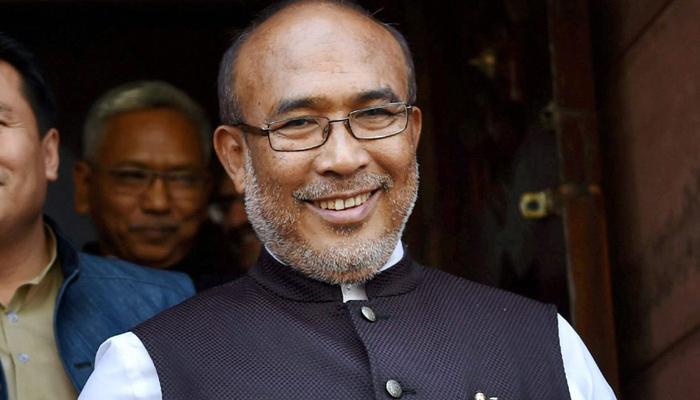Manipur CM’s Statement is Blind to the History of Kangleipak

The Madhavpur mela has courted controversy over the claim of Rukmini belonging to the Idu Mishmi community. However, another controversy was raked up due to the statement made by the Chief Minister of Manipur, N. Biren Singh. The statement was that the entire Northeast was one entity during the time of Krishna and that Krishna made the Northeast a part of India. This drew condemnation from student groups from Manipur. Dr Malem Ningthouja pointed out the errors in the Chief Minister’s statement. He first pointed out that ‘India’ did not exist prior to the 20th Century, hence Krishna could not have been born before this period. Dr Ningthouja then admitted that the Chief Minister was mixing religion and politics and that the Hindu origin of Manipur has been debunked by rigorous scholarship.
The Chief Minister may be forgiven for his impropriety. Firstly, since he belongs to the BJP, he should, from time to time, follow the lead of the party higher-ups in making unfounded statements. Secondly, because Manipur does have a history of performing the Ras Leela. However, the dance has only been performed since 1779, and Manipur’s existence has been recorded since 33 AD. The practice of Hinduism only began in 1717 with the Meitei king Pamheiba, who later adopted the name Garibnawaz, converting to Hinduism. The traditional Sanamahi practices of the Meiteis were subsequently abandoned and the name of the Kingdom was changed from Kangleipak to Manipur.
The Sanskritisation of Kangleipak did not just end with adopting Vaishnavism and changing the name of the kingdom. The Meitei language’s script was also done away with and replaced by the Bengali script. The Meiteilon script has been revived and is now being used in Manipur, the Sanamahi beliefs too are being revived, but the ideas of purity and pollution still persist to an extent. This has, of course, led to the schism between the Meiteis and the hill communities – Nagas and Kukis. This history may have been known to the Chief Minister, however, why did he choose to make such a statement? Was it because of the issues raised by the Meitei underground?
The Meitei underground is mostly made up of Left-leaning groups. They have long alleged that the merger of Manipur was illegal. The reason is that the King Bodhchandra had abdicated power in favour of an elected Parliament in 1947. The Manipur Constitution Act turned the King into merely a figurehead. Any agreements between the King and foreign governments would have had to be ratified by the Parliament. However, the Instrument of Accession was never placed before the house, and the house was dissolved. There was no referendum held. Thus, the international personality of Manipur was extinguished by an external agency.
This history led to the creation of the United National Liberation Front (UNLF) and the subsequent alphabet soup that followed. Maybe Biren Singh’s comments were to undermine these uncomfortable facts about Manipur’s association with the Indian Union. Then again, maybe he only sought to please and appease his political masters, while forgetting who elected him.
Get the latest reports & analysis with people's perspective on Protests, movements & deep analytical videos, discussions of the current affairs in your Telegram app. Subscribe to NewsClick's Telegram channel & get Real-Time updates on stories, as they get published on our website.























